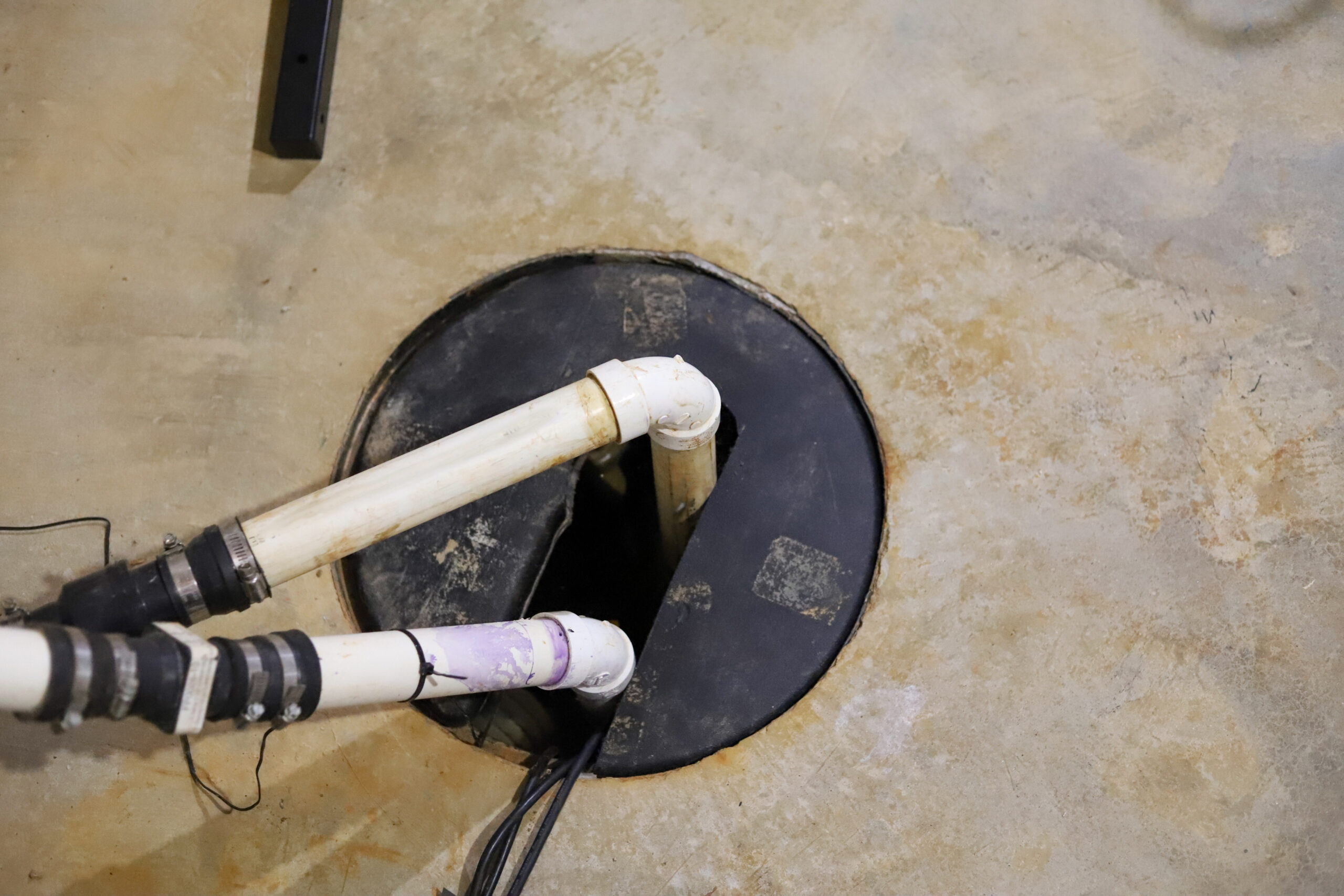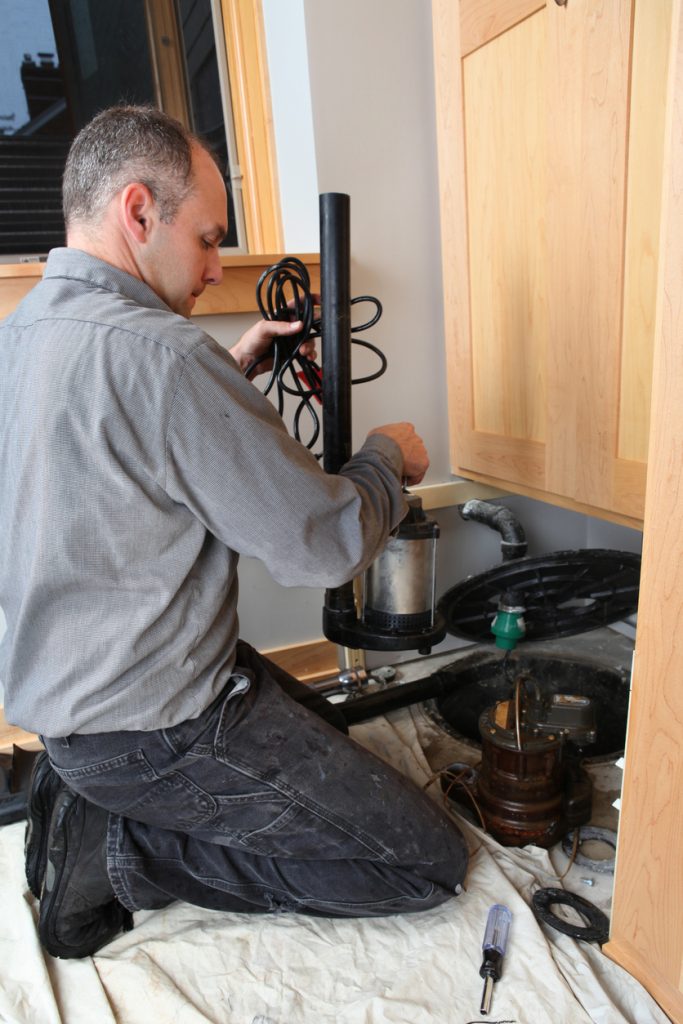My Guide to Properly Taking Care of a Sump Pump
My Guide to Properly Taking Care of a Sump Pump
Blog Article
Just how do you feel in relation to Keep Your Sump Pump Clean, It'll Keep You Dry?

Sump pumps are important parts in many homes, specifically in areas susceptible to flooding or extreme wetness. They aid avoid water damages by effectively eliminating excess water from cellars or crawl spaces. Nevertheless, like any other home appliance, sump pumps call for routine maintenance to ensure they work properly when needed the most. Cleaning your sump pump is a vital part of its upkeep, and comprehending exactly how to do it correctly can save you from expensive repairs and prospective calamities.
Intro
Preserving a tidy sump pump is important for its proper functioning and long life. Disregarding this necessary job can bring about blockages, breakdowns, and ultimately, water damage to your residential or commercial property. Consequently, finding out how to clean up a sump pump is critical for property owners who rely on these devices to maintain their basements completely dry and protected.
Comprehending the Sump Pump
Prior to diving into the cleansing process, it's necessary to have a basic understanding of exactly how a sump pump functions. Normally mounted in a pit or container below the basement floor, a sump pump contains numerous crucial elements, including a pump, a float button, and a discharge pipeline. When water accumulates in the pit, the float button activates the pump, which after that pumps the water out through the discharge pipeline, far from the structure's foundation.
Indicators of a Dirty Sump Pump
Understanding when your sump pump requires cleaning is important for preventing possible malfunctions. Some common indications that show a filthy sump pump include unusual sounds throughout operation, minimized water flow, and noticeable debris in the pit. If you observe any of these signs, it's necessary to clean your sump pump promptly to prevent any kind of more problems.
Preparing for Cleaning
Before you begin cleansing your sump pump, it's important to take some security preventative measures. Begin by shutting down the power to the pump to avoid any electric mishaps. Furthermore, use proper safety gear, such as gloves and goggles, to safeguard on your own from dirt, debris, and possible microorganisms.
Step-by-step Overview to Cleaning a Sump Pump
Shutting Off the Power
Begin by detaching the power supply to the sump pump to stop any kind of mishaps while cleaning.
Eliminating Debris and Dust
Use a container or an inside story to get rid of any type of visible debris, dirt, or sediment from the sump pit. Dispose of the debris correctly to prevent it from blocking the pump or the discharge pipeline.
Cleansing the Pump and Drift Change
Once the pit is free from debris, very carefully eliminate the pump from the pit. Examine the pump and the float switch for any type of indicators of damages or wear. Use a soft brush or fabric to clean up the surface areas and get rid of any collected grime.
Purging the System
After cleansing the pump and float button, purge the sump pit with clean water to eliminate any type of continuing to be dust or debris. This will certainly assist guarantee that the pump runs efficiently and effectively.
Looking For Appropriate Functioning
Prior to reinstalling the pump, carry out a quick examination to make certain that the float switch activates the pump properly. Pour some water right into the sump pit and observe the pump's procedure. If every little thing is working properly, you can reconstruct the pump and reconnect the power supply.
Maintenance Tips to Keep Your Sump Pump Clean
Along with regular cleaning, there are numerous maintenance pointers you can comply with to maintain your sump pump in optimum problem:
Verdict
Cleaning your sump pump is an essential facet of its maintenance and ensures that it runs successfully when you need it one of the most. By adhering to the actions laid out in this overview and integrating routine maintenance right into your regimen, you can prolong the lifespan of your sump pump and safeguard your home from water damage.
6 STEPS ON HOW TO CLEAN A SUMP PUMP PROPERLY
UNDERSTANDING SUMP PUMPS
Your sump pump plays a crucial role in protecting your home by managing and removing excess water. It primarily functions as a “shield”, guarding your basement against the damaging effects of water accumulation. The pump is housed in a sump pit in the lowest part of your basement, and its job is to pump out any water that collects there.
During heavy rainfalls or when snow melts rapidly, water can infiltrate your basement, posing potential risks like flooding, structural damage, and harmful mold growth. Here, the sump pump springs into action, pumping out the intruding water and directing it away from your home.
SAFETY FIRST
Before cleaning, remember to prioritize safety. Disconnect the sump pump from the power source to prevent any accidental electric shocks. Also, wear sturdy gloves to protect your hands from any sharp or dirty components within the pump.
REMOVE THE SUMP PUMP
After ensuring your safety, the next step is to remove the sump pump from its pit. Doing this might require careful maneuvering as you don’t want to damage any pump components. Once removed, clean the sump pit to remove any accumulated debris or sludge.
INSPECT THE PUMP
Inspect the pump for any visible signs of wear or damage. Check the power cord, float switch, and impeller housing. If any components look worn out or damaged, consider replacing them to ensure optimal performance.
CLEAN THE PUMP
Thoroughly clean the pump with warm, soapy water. Make sure to rid it of any dirt, gravel, or other debris that might impede its performance. You can use a toothbrush to clean the small, hard-to-reach parts of the pump.
REINSTALL THE SUMP PUMP
Reinstall the pump into the sump pit Make sure it’s positioned correctly to remove the water effectively Once it’s back in place, reconnect it to the power source TEST THE PUMP
Finally, pour some water into the pit to ensure the pump works correctly. It should start automatically and begin pumping out the water; if it doesn’t, check the power source and the positioning of the pump.
Remember, while cleaning your sump pump is an essential part of home maintenance, hiring a professional plumber for a thorough inspection and cleaning at least once a year is also important. This will ensure that your pump is in optimal condition, ready to protect your home from potential water damage.
BEST PRACTICES FOR CLEANING SUMP PUMP DISCHARGE PIPES
Regular Inspection: Regularly inspect your discharge pipes, especially during heavy rainfall or snowmelt periods. Look for any signs of blockage or damage. Early detection of problems can prevent serious issues down the line. Periodic Cleaning: Over time, sediment and debris can accumulate in the discharge pipes, impeding the flow of water. Regular cleaning helps keep the pipes clear and functioning efficiently. You can use a high-pressure water jet to effectively clean the pipes. Insulation During Winter: In colder climates, discharge pipes can freeze, blocking the outflow of water. Protect your discharge pipes from freezing temperatures by insulating them with foam pipe insulation. This will ensure the sump pump can continue to discharge water even in freezing conditions. Proper Positioning: The discharge pipe should be positioned to direct water away from your home’s foundation. Improper positioning can lead to water seeping back into the basement. Ensure the pipe is long enough and angled correctly. Installation of a Check Valve: A check valve prevents water from flowing back into your sump pit after the pump has pushed it out. Installing a check valve helps maintain the efficiency of your sump pump and reduces the risk of flooding. Minimize Pipe Turns: Every curve or turn in the discharge pipe can decrease the efficiency of water flow. By minimizing turns and bends in your discharge pipe, you can increase the efficiency of your sump pump. https://www.fullspeedplumbing.com/how-to-clean-a-sump-pump-properly9999/

Do you appreciate reading about ? Create a review down the page. We'd be happy to see your suggestions about this blog entry. We are looking forward that you visit us again before long. Sharing is nice. Helping others is fun. We enjoy reading our article about Cleaning & Maintenance Tips for Your Home's Sump Pump.
Find Out More Report this page